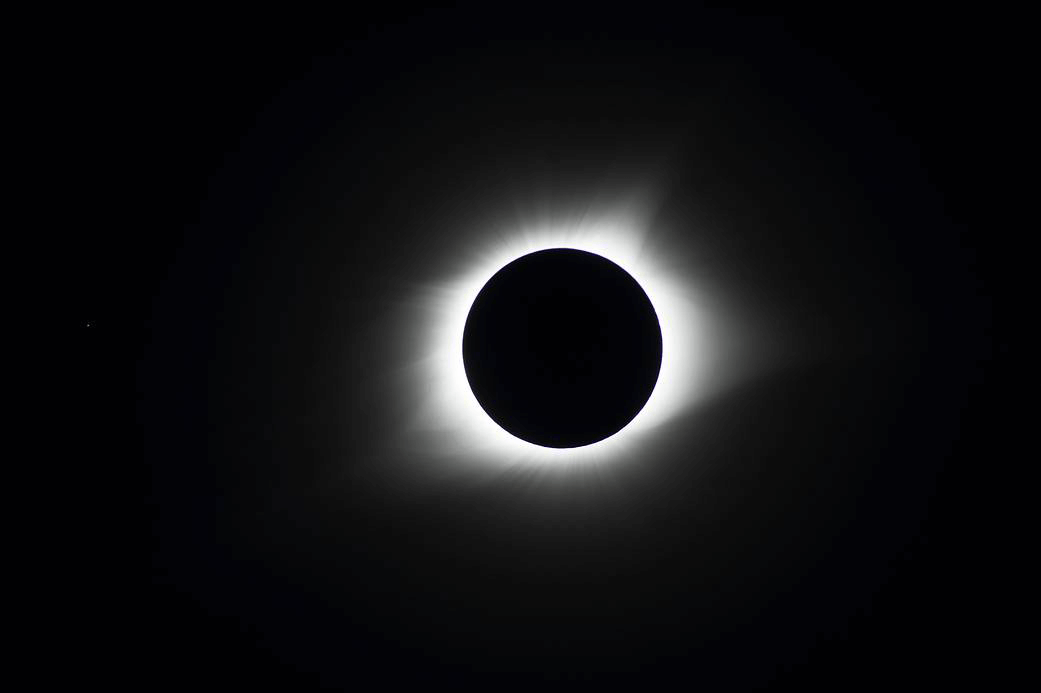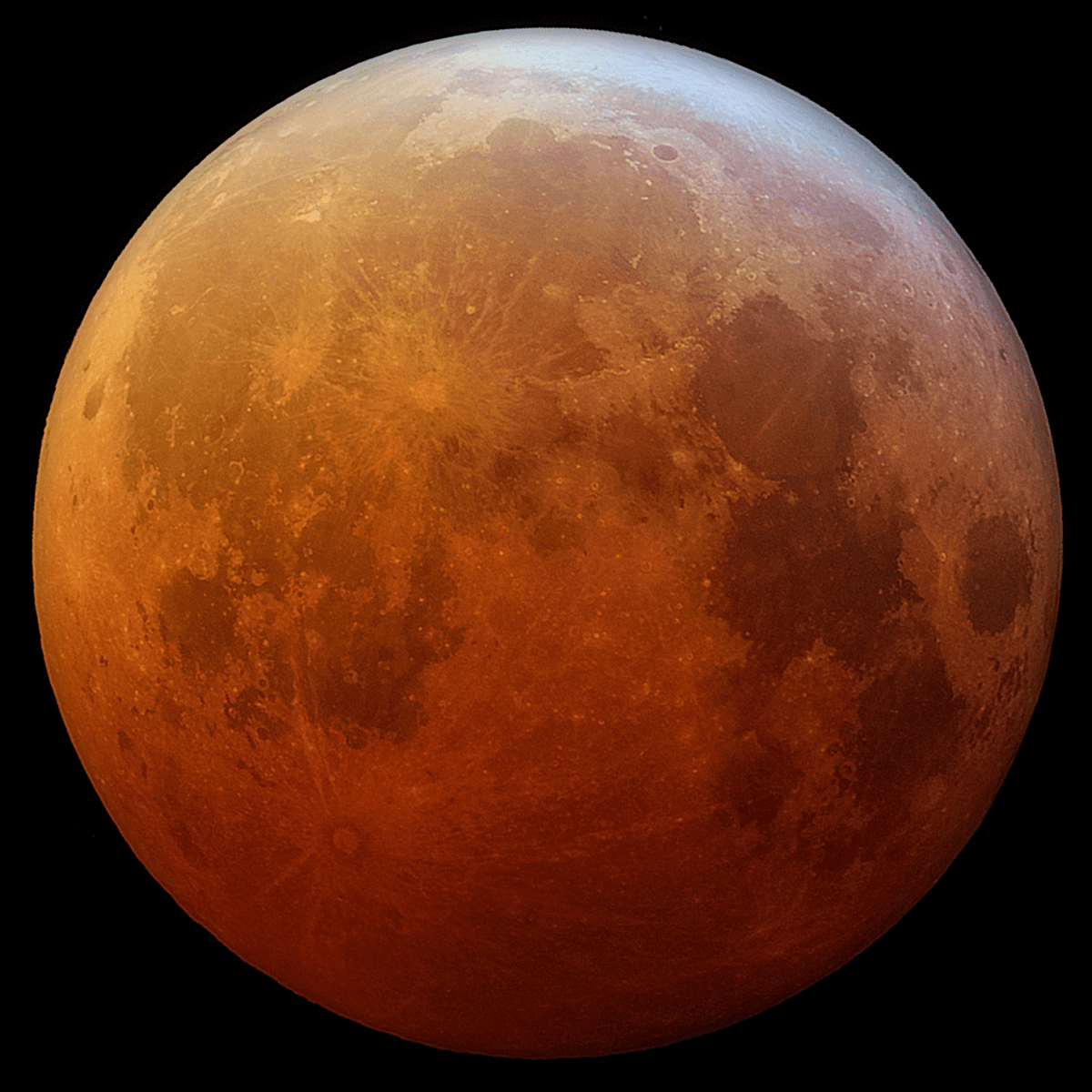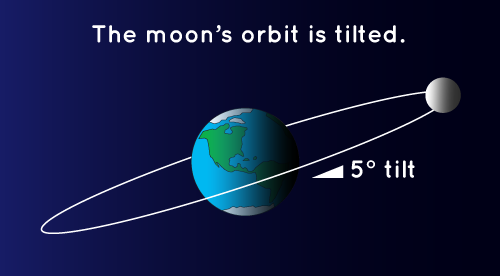Picture Of Lunar Eclipse Diagram
Lunar Eclipses and Solar Eclipses
The Short Respond: An eclipse happens when a planet or a moon gets in the way of the Sun's calorie-free. Here on World, we tin can feel two kinds of eclipses: solar eclipses and lunar eclipses. Below, check out a visualization of what the Moon looked like during a lunar eclipse on May 26, 2021! What'southward the difference between a lunar eclipse and a solar eclipse? A solar eclipse happens when the Moon gets in the way of the Sun's calorie-free and casts its shadow on Earth. That means during the day, the Moon moves over the Sunday and it gets night. Isn't it strange that information technology gets dark in the middle of the 24-hour interval? This total eclipse happens about every year and a half somewhere on Earth. A partial eclipse, when the Moon doesn't completely cover the Sun, happens at least twice a year somewhere on Earth. Annotation: This diagram is not to scale. A total solar eclipse was visible over the continental United States on Aug. 21, 2017. This image was captured in Hopkinsville, Kentucky during the 2021 eclipse. Credit: NASA/MSFC/Joseph Matus But not everyone experiences every solar eclipse. Getting a chance to see a total solar eclipse is rare. The Moon's shadow on Globe isn't very large, so but a minor portion of places on Earth will see it. You take to be on the sunny side of the planet when it happens. You as well accept to be in the path of the Moon's shadow. On boilerplate, the same spot on Earth just gets to see a solar eclipse for a few minutes well-nigh every 375 years! Caution! Never look directly at the Dominicus, even for a 2nd! It will harm your eyesight forever! To view a solar eclipse, utilise special solar viewing glasses. Become them from a photographic camera shop or online. SUNGLASSES Practise Non WORK, Fifty-fifty IF YOU STACK MANY OF THEM TOGETHER. During a lunar eclipse, Globe gets in the mode of the Sunday'due south calorie-free striking the Moon. That means that during the nighttime, a full moon fades abroad as Earth'due south shadow covers it upward. The Moon tin can also look cherry-red because Earth's atmosphere absorbs the other colors while it bends some sunlight toward the Moon. Sunlight bending through the atmosphere and absorbing other colors is also why sunsets are orange and cerise. During a total lunar eclipse, the Moon is shining from all the sunrises and sunsets occurring on Earth! Note: This diagram is not to calibration. The Moon appeared a reddish color during a full lunar eclipse on Jan. 21, 2019 Credit: Public Domain You might be wondering why nosotros don't accept a lunar eclipse every month as the Moon orbits World. It's truthful that the Moon goes around Globe every month, but it doesn't ever arrive Earth's shadow. The Moon's path effectually World is tilted compared to Earth'due south orbit around the Sunday. The Moon tin can be backside World only still get hit past light from the Sun. In this diagram, yous can see that the Moon'southward orbit around Earth is at a tilt. This is why we don't get a lunar eclipse every month. This diagram is not to calibration: the Moon is much further away from Earth than shown here. Because they don't happen every month, a lunar eclipse is a special event. Different solar eclipses, lots of people go to see each lunar eclipse. If you live on the nighttime half of World when the eclipse happens, you'll exist able to run across it. It's easy to go these two types of eclipses mixed up. An easy way to remember the difference is in the proper name. The name tells you what gets darker when the eclipse happens. In a solar eclipse, the Sun gets darker. In a lunar eclipse, the Moon gets darker. Launchpad: Solar Eclipses What is an eclipse?
Solar Eclipse


Lunar Eclipse


Why don't we have a lunar eclipse every month?

Remembering the Difference
Related Resource for Educators
If you liked this, y'all may like:
Picture Of Lunar Eclipse Diagram,
Source: https://spaceplace.nasa.gov/eclipses/en/
Posted by: burkeruld1996.blogspot.com


0 Response to "Picture Of Lunar Eclipse Diagram"
Post a Comment